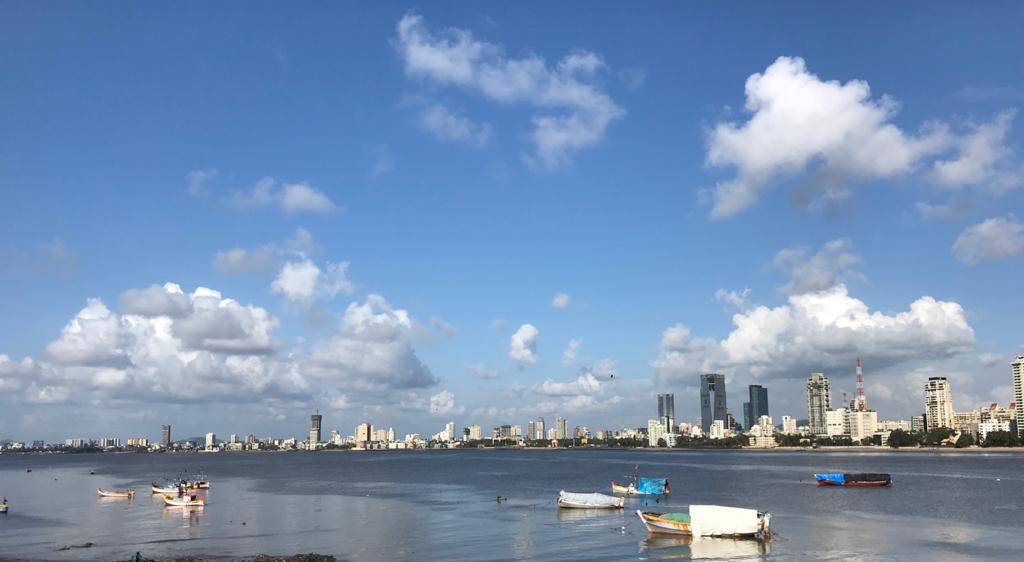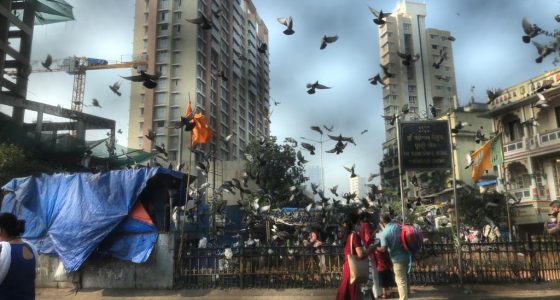Deals in Mumbai are happening below Ready Reckoner rates, if that is any indication then many sellers are negotiating. Home buyers also seeking heavy discount.
By Varun Singh
On June 12, a real estate deal took place at Nariman Point the Central Business District of Mumbai.
It was an office unit located at posh commercial building’s 13th floor, the area measured 144.98 sq mts.
The deal inked was below the ready reckoner rate. The sale took place at Rs 4.85 crore, while the ready reckoner rate is Rs 5.14 crore.
Normally, deals take place at a higher value than the ready reckoner rates in metros like Mumbai.
Similarly on June 11, in an under construction building located at Mahalaxmi a deal took place.
The deal was that of a 736 sq ft apartment located on the 17th floor of the high rise. The sale price of the flat was Rs 2.69 crore, which was again lower than the RR rate which is Rs 2.83 crore.
There are many such deals taking place in the heart of the city, and posh localities where the sale price is lower than RR rates.
People from the industry believe it could be premature to analyze how real estate industry is behaving post COVID. But they say, most builders are willing to reduce because they need liquidity to survive.
Rajiv N Jain, of Ruchika Shelters agrees that there’s a difference being noticed between the prices before and after Lockdown. He says some builders do not mimd selling at bit lower price but a clear analysis cannot be done so soon.
According to Jain many factors have come in play. “Homebuyers are even asking discounts, while some are reasonable, there are few unrealistic discounts also being asked. There is no doubt that sentiments are low as well.”
Arqam Shaikh an architect by profession who is looking for an office space in Nariman Point, area claims even re-sellers have lowered the prices.
According to Shaikh, a seller has brought down his commercial office space deal from Rs 3.5 crore to 2.8 crore and may lower it further.
Shaikh says the higher price quoted was in February and the lower price is the recent one. There are builders as well as re-sellers who are ready to negotiate the prices.
Many ministers and top industrialists have suggested developers to reduce prices if they want to survive the downturn.
Also Read: Reduce prices to survive or suffer: Goyal to builders
Meanwhile, a report by Anarock Property Consultants says that, the gap between RR rates and market value is reducing.
| Micro Markets | Avg. RRR FY 2020(Rs. Per Sq. Ft.) | Avg. Market ValueQ1 2020 | % Differencein 2020 | % Differenceback in 2015 |
| Lower Parel | 32,609 | 34,660 | 6% | 37% |
| Worli | 35,350 | 38,560 | 8% | 16% |
| Jogeshwari East | 15,143 | 17,279 | 12% | 41% |
| Dadar | 13,624 | 32,600 | 58% | 95% |
| Tardeo | 23,597 | 56,659 | 58% | 100% |
Source: ANAROCK Research
Anuj Puri, Chairman – ANAROCK Property Consultants says, “The gap between market values and RR/circle rates in many areas is as low as 6-7%, equal or even negative. Registering a property below circle rates is not permissible. Section 43CA of the I-T Act says that developers/sellers will attract penalties for selling lower than RR rates.”
Puri added, “If buyers somehow purchased property below the circle rates, they will bear an additional tax burden as the difference between two rates is taxable – both in the hands of the buyer and seller. Reducing RR rates would reduce stamp duty on property purchase, thereby boosting buyer demand and also providing relief to developers as the multiple premiums they pay to the state governments are linked to the RR rates.”









